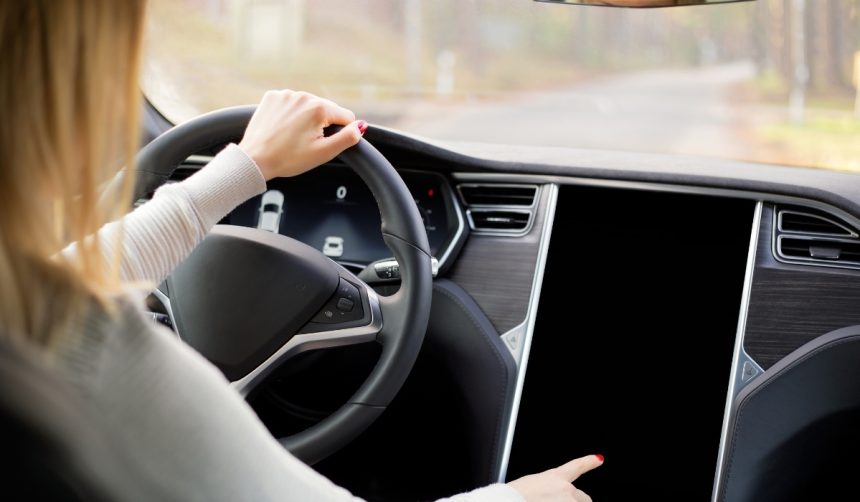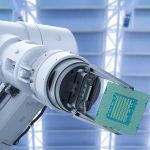Tesla’s strategic direction faces new scrutiny as market analysts evaluate the manufacturer’s approach to operational efficiency and leadership focus. Automation remains a key area of exploration for the company, with discussions surrounding the practical impacts of robotics shifting from speculative to quantitative assessments. At the same time, Tesla CEO Elon Musk’s high-profile involvement in U.S. political discourse has raised questions about how leadership choices may influence core business objectives. These developments intersect as analysts debate Tesla’s ability to balance innovation, financial health, and external responsibilities in an increasingly complex landscape.
Reviewing earlier reports on Tesla’s robotics integrations, prior discussions mostly considered the potential of Optimus from a technological or conceptual viewpoint, rarely attaching tangible financial expectations. Previous news cycles highlighted the ambitions behind Optimus without specifying anticipated workforce impacts or monetary figures. The latest evaluation by Morgan Stanley’s Adam Jonas moves the conversation forward by quantifying the possible payroll reduction and cost savings directly attributed to a partial workforce replacement, offering a more concrete framework for stakeholders to consider.
How Could Optimus Impact Tesla’s Labor Costs?
Morgan Stanley projects that integrating Optimus robots into Tesla’s operations could hold significant cost-saving potential. Analyst Adam Jonas calculates that substituting just 10% of Tesla’s global workforce—estimated at 125,665 employees at the end of 2024—with humanoid robots would generate approximately $2.5 billion in savings. Each Optimus robot is valued at a net present value of $200,000 in these projections, providing shareholders a clearer picture of the program’s financial justification.
What Do Tesla’s Recent Operating Results Reveal?
Tesla’s recent Q2 2025 delivery figure of 384,122 vehicles was reported, nearly matching Morgan Stanley’s forecast but slightly below the market consensus of 385,086. The results offer insight into Tesla’s operational cadence while setting context for cost management initiatives being considered. Tesla’s Energy division, responsible for battery storage, saw deployments remain unchanged at 9.6 GWh, falling short of Morgan Stanley’s expectations of 14 GWh for the same period. Increasing efficiency through robotics is being evaluated as a tool for reinforcing the company’s operating position.
Could Leadership’s Political Focus Disrupt Core Operations?
Growing attention has centered on CEO Elon Musk’s political ambitions within the U.S., which includes the stated consideration of forming a new political party following public polling on social media platform X. Although some reports of formal filings were later disputed by Musk, the prospect remains in public discussion. Analyst Adam Jonas expresses concerns that political activities may pull resources away from Tesla’s primary commitments, potentially introducing risks for shareholders.
“We believe investors should be prepared for further devotion of resources (financial, time/attention) in the direction of Mr. Musk’s political priorities which may add further near-term pressure to TSLA shares,”
Jonas commented.
Analyst perspectives, financial data, and executive decisions together paint a complicated picture for Tesla’s immediate future. Stakeholders are now navigating the details of proposed cost reductions through Optimus robots and the implications such transitions may have for workforce needs and operational agility. The challenge is further complicated by external variables, such as Elon Musk’s publicly aired political considerations, which could affect access to capital, managerial focus, and investor sentiment. While the financial calculus for adopting robots has gained specificity, implementation, regulatory review, and broader organizational impacts remain factors in the equation. For investors and market observers, understanding both the technological promise and the possible distractions surrounding Tesla will be key for interpreting shifts in the company’s performance and strategic priorities.
- Analyst projects $2.5 billion savings if Tesla uses Optimus robots for 10% workforce.
- Current financial results and battery storage deployment fall slightly below expectations.
- Leadership’s political involvement may add near-term uncertainty to operational focus.










